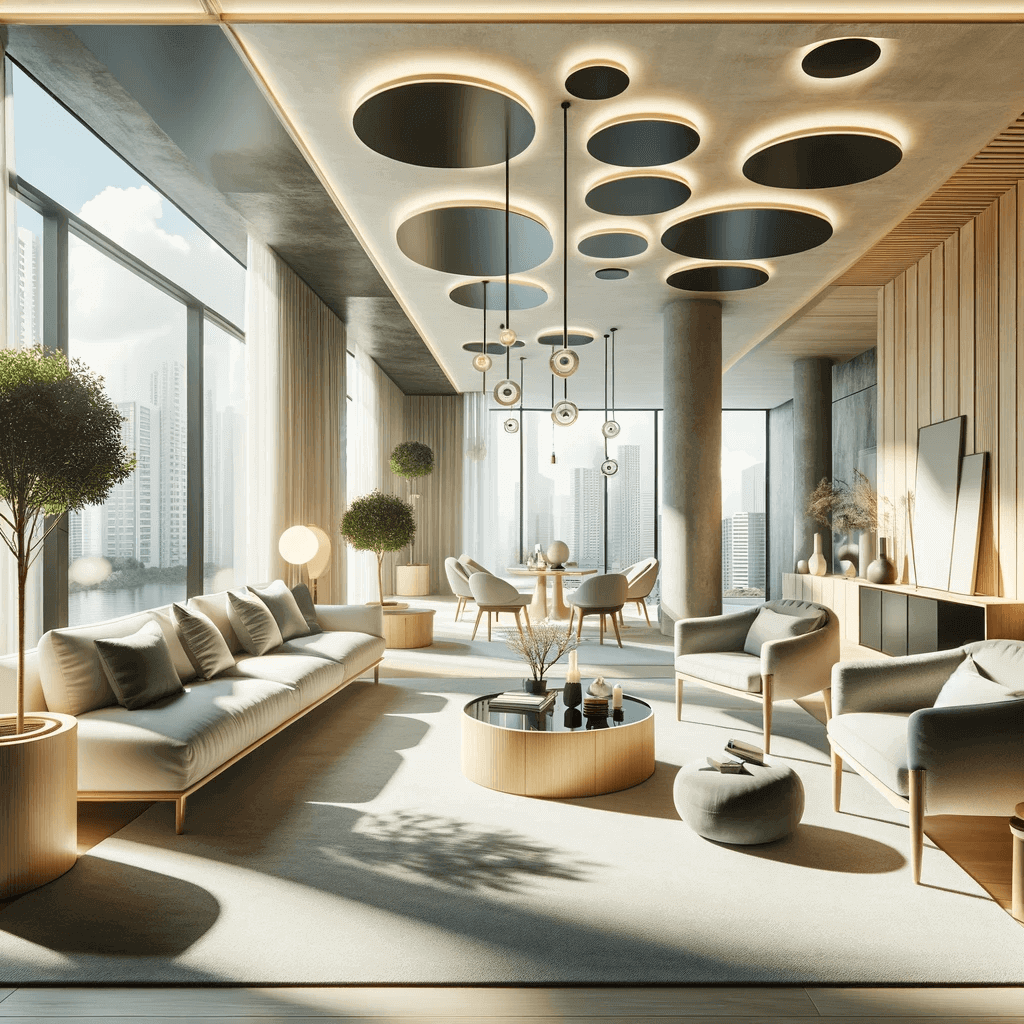
The Art of Balancing Aesthetics and Functionality in Interior Design
|
|
Time to read 2 min

Welcome to our hub of new arrivals! Explore our latest additions, constantly...
|
|
Time to read 2 min
In the world of interior design, striking the right balance between aesthetic appeal and practical functionality is crucial. While a visually stunning space can captivate the senses, its success as a living or working environment hinges on its usability. This article explores the importance of integrating both the look and function of a space in interior design, and how neglecting either aspect can lead to beautiful yet impractical interiors.
The Intersection of Beauty and Usability Great interior design isn't just about creating a space that looks good; it's about designing spaces that feel good to use. Successful interior designers understand that the way a space is used is as important as how it looks. This dual focus ensures that spaces are not only visually appealing but also comfortable, accessible, and conducive to their intended purpose.
Key Principles of Balanced Design
The Pitfalls of Overemphasis on Aesthetics Focusing too heavily on aesthetics can lead to impractical and uncomfortable spaces. An all-style, no-substance approach might produce a visually stunning environment, but if it doesn't meet the functional needs of its users, it fails as a design. Examples include furniture that looks good but is uncomfortable, lighting that creates ambiance but insufficiently illuminates the space, or beautiful materials that are high-maintenance or easily damaged.
Case Studies and Real-World Examples Real-world examples demonstrate the importance of this balance. A study of well-designed office spaces shows increased productivity when aesthetics and functionality align. Similarly, in residential design, homes that balance style and practicality tend to have higher satisfaction rates among occupants.
Incorporating Technology and Innovation Modern interior design increasingly involves technology, not just for aesthetic purposes but for enhancing functionality. Smart home systems, innovative storage solutions, and ergonomic furniture are examples of how design can be both beautiful and practical.
Successful interior design is an artful blend of aesthetics and functionality. It requires a deep understanding of the occupants' needs, a thoughtful approach to space planning, and a careful selection of materials and finishes. By prioritizing both the look and usability of a space, designers can create environments that are not only beautiful but also enrich the lives of those who use them.